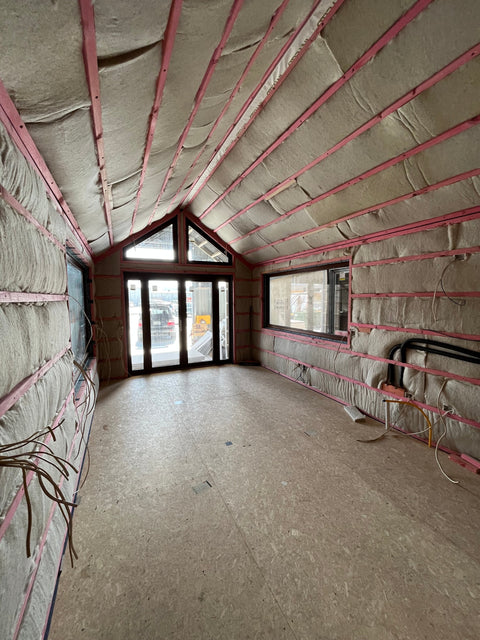
Can’t I Just Add More Insulation?
Adding more insulation sounds like the obvious way to make a home warmer and more efficient. But here’s the catch: if it’s not done as part of a whole-home system, it can actually cause hidden problems that make your house less healthy and more expensive in the long run.
Why “More Insulation” Isn’t Always Better
When New Zealand’s H1 Building Code was updated, homes became naturally more airtight. That’s a good thing for efficiency, but it also means builders and homeowners started stacking in extra insulation, thinking it was the silver bullet for warmth.
The problem? Airtight without balance = trapped moisture. And trapped moisture leads to mould, poor air quality, and reduced durability.
What’s Happening Behind Your Walls
Here’s how it plays out:
-
Modern homes are more airtight, but many aren’t designed with the right wraps, joinery, glazing, and ventilation.
-
When you run a heat pump, the house is put under slight positive pressure.
-
Moisture can be pushed through permeable plasterboard (GIB) into the insulation.
-
Inside the wall, that moisture condenses and gets trapped.
You might only notice it when you see condensation on your windows. But behind the walls, mould could already be spreading — threatening your family’s health and the long-term structure of your home.
And this isn’t just theory. It’s already happening in new builds around New Zealand.
A Better Way: Building as a System
At Arbol, we take a whole-system approach to building. Insulation is just one part of the puzzle — and it only works properly when paired with other elements that keep the home dry, comfortable, and efficient.
Here’s what that looks like:
-
Home orientation to capture natural solar gain
-
Smart glazing and joinery to reduce heat loss
-
Internal and external service cavities for better airflow
-
Adaptive wall wraps that open or close depending on moisture
-
High-performance uPVC joinery
-
40% more insulation (applied correctly, in balance with the system)
-
A ducted fresh-air ventilation system with heat recovery — the lungs of your home
This holistic approach creates a home that’s warm, dry, efficient, and future-proof — without the hidden risks of “just adding more insulation.”
👉 Takeaway: More insulation on its own isn’t the answer. The real key is a home that works as a system, where every detail — from the windows to the ventilation — plays its part.
